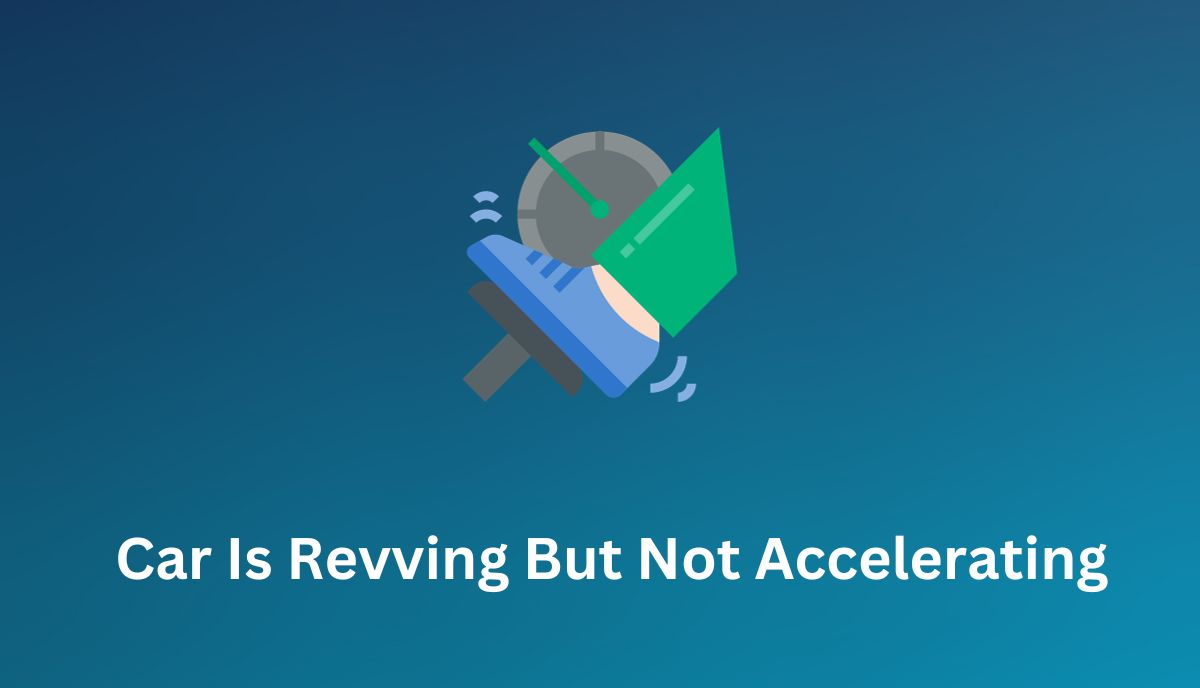What happens when you step on the throttle? The speed and RPM will increase simultaneously. You can tell by looking at the tachometer and speedometer. These two variables go hand in hand.
When you remove your foot from the throttle, the speed and RPM will also drop. But that description only applies to regular driving. With revving, you step on the throttle, and the RPM spikes, but the speed doesn’t change. This is perfectly acceptable if you’re trying to deliberately rev the engine.
But what if the engine is revving on its own, yet the vehicle refuses to accelerate in response?
1). Slipping Transmission

If the transmission is slipping, the RPM will spike when you step on the gas pedal, but the speedometer will barely respond. Common sources of a slipping transmission include the following:
- The clutch is worn out, which is why it feels soft and spongy when you step on it.
- The vehicle doesn’t have enough transmission fluid.
- The transmission fluid is dirty. This makes gear shifting a challenge.
- The transmission solenoid is defective.
- The transmission control module has gone bad.
2). Bad Throttle Position Sensor
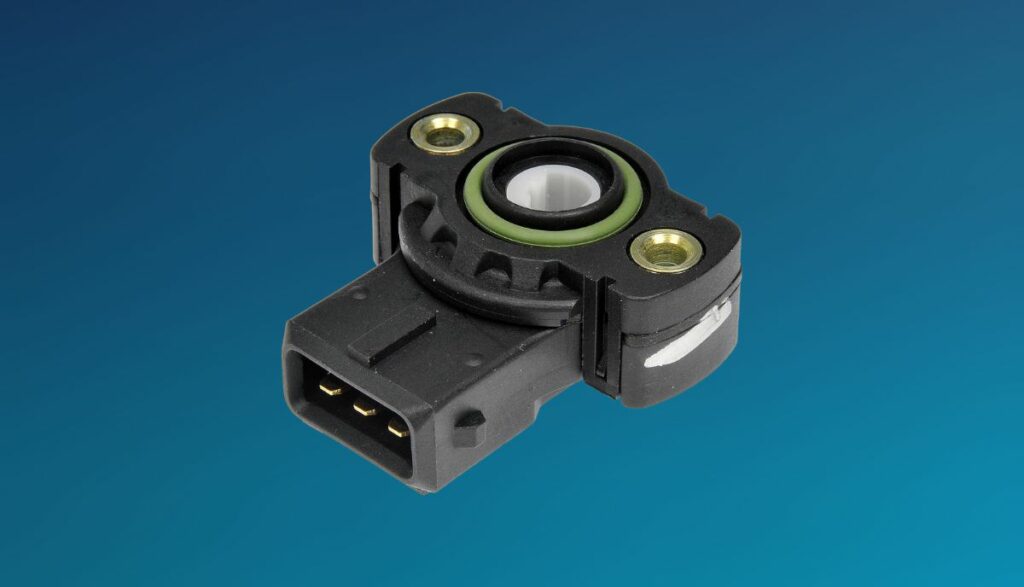
The throttle position sensor tracks the throttle’s position. It sends this information to the engine control module. This allows the ECM to adjust various variables, such as the air/fuel mixture, engine speed, and airflow temperature.
A bad throttle position sensor will create idling, power, and acceleration problems. The ‘Check Engine’ light may illuminate.
3). Faulty Engine Control Module
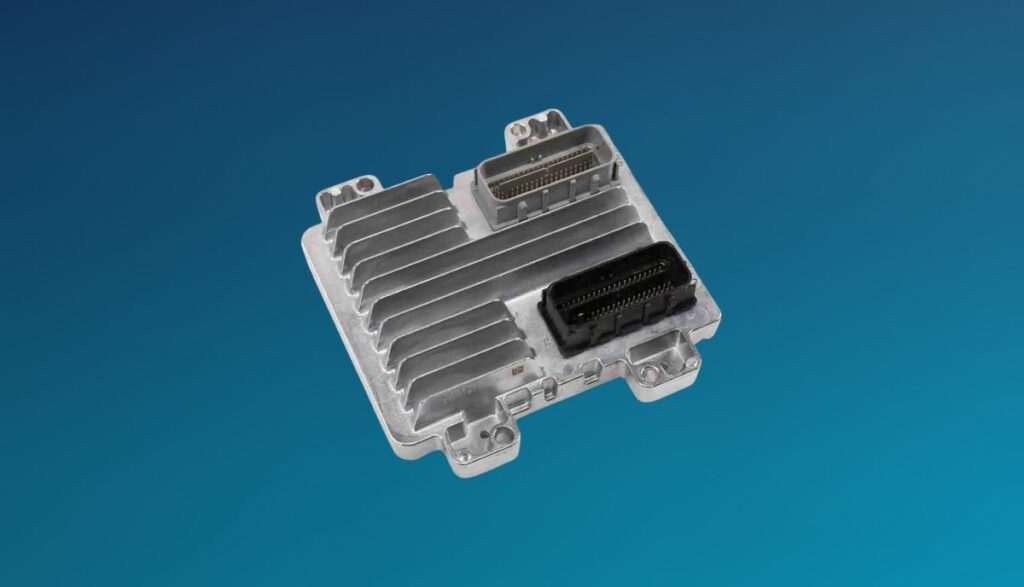
The engine control module is the vehicle’s computer, and it is prone to malfunctions and glitches. This is particularly true for sophisticated ECMs that require regular firmware updates. Because the ECM controls every aspect of the vehicle’s functions, a faulty ECM can lead to revving without acceleration.
4). Mass Airflow Sensor Issues
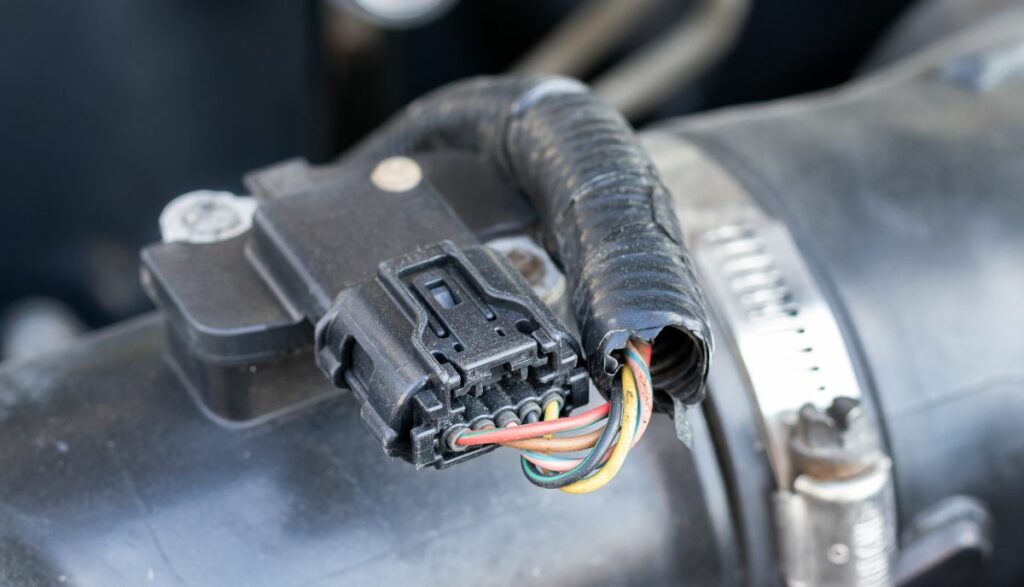
The Mass airflow sensor tracks the volume of air entering an engine. The computer uses this information to calculate the correct amount of fuel to send to the cylinders. You can also check the Manifold Air Pressure sensor, which deals with the intake manifold’s pressure.
Any component that affects the amount of fuel an ECM injects into the cylinders should concern you, especially when revving without acceleration becomes common in your vehicle.
5). Throttle Body Restricting The Airflow
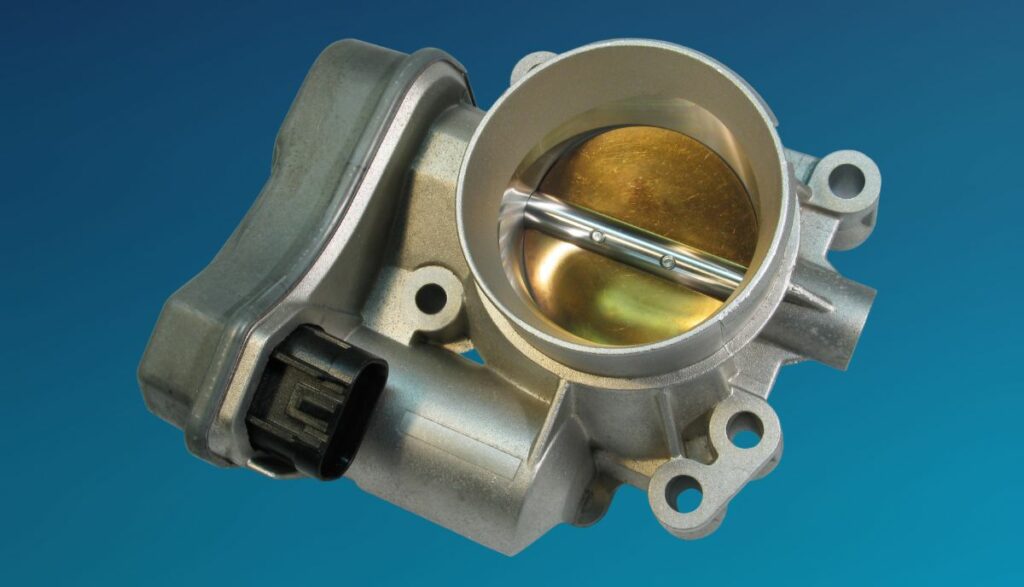
The throttle body has a valve that opens when you step on the gas pedal. The valve determines the volume of air flowing into the engine. This, in turn, shapes the power a car gets when the air mixes with the fuel and combusts.
Unfortunately, carbon deposits can accumulate in the throttle body, restricting the airflow. Besides ruining the fuel economy and making the engine sluggish, the RPM will increase even though the car refuses to accelerate.
6). Clogged Fuel Injectors
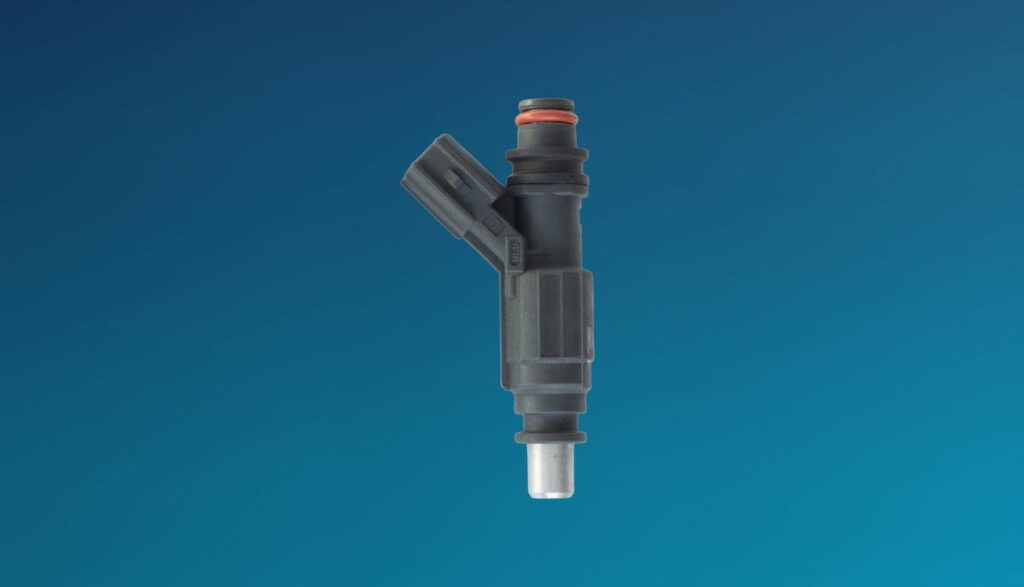
These nozzles spray the fuel that mixes with the air. But they can clog after a while, limiting the volume of fuel flowing to the engine. Insufficient fuel restricts the combustion process. The engine works harder to generate the power you typically use. For that reason, the RPM will rise even though the speed is essentially the same.
7). Spark Plug Residue
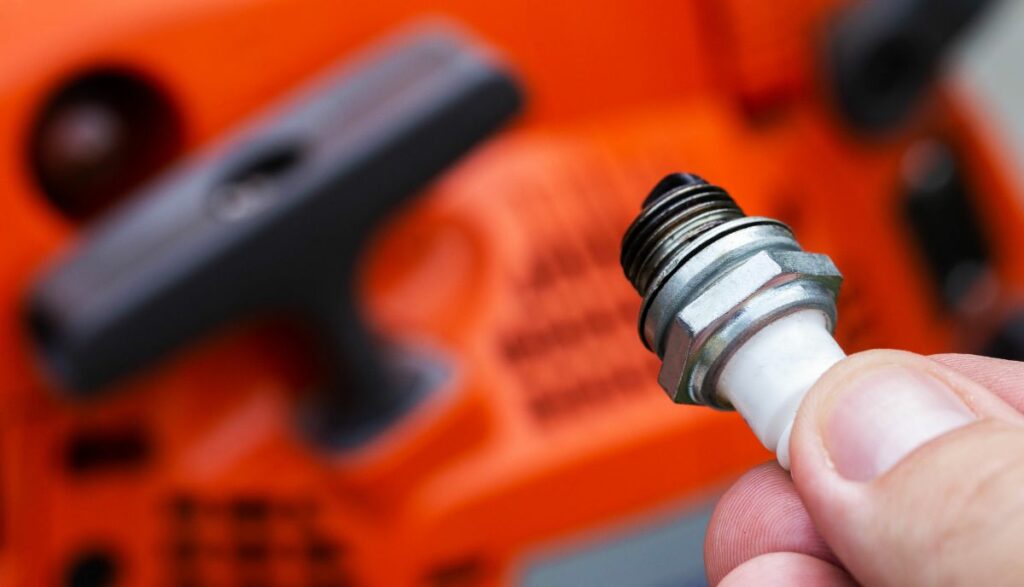
Spark plugs eventually develop a residue. These carbon deposits compromise the plug’s ability to ignite the engine’s air/fuel mixture. Eventually, the plugs become less efficient, and the engine becomes prone to misfires.
Troubleshooting Tips For Car Revving But Not Accelerating
- Check the amount of transmission fluid in the car using the transmission oil dipstick. The dipstick won’t help you unless you warm up the engine. You should also step on the brake pedal. Hold the gear lever in each position for five seconds.
- If you have the skill, check the clutch system for wear and tear. Worn-out pads will cause the clutch to slip.
- Test the MAP sensor with a multimeter. Connect the probe to the signal wire after turning the ignition key on. Take the readings before and after starting the car and raising the engine to the normal operating temperature (you’re looking for the voltage at idle speed). Does the voltage increase when you step on the throttle? If not, you have a bad MAP sensor.
- Test the MAF sensor with a multimeter. The voltage output should increase when you press the accelerator.
- Access the throttle body and determine whether the valve moves freely. Debris will restrict the valve’s movement in a dirty throttle body.
- A perpetually dirty throttle body should compel you to check the fuel pressure regulator. The component’s diaphragm can rupture, exposing the throttle body to fuel.
- Attach a multimeter’s probes to a fuel injector’s terminals to test the component. Consult the manufacturer about the fuel injector’s resistance specifications. They will show you the values to set on the Ohm scale. OL (or small resistance) points to a short circuit. You should also listen for a clicking noise.
- Inspect the spark plugs for carbon deposits.
- Inspect the air intake system for damaged vacuum hoses. They point to vacuum leaks. The same goes for a damaged intake manifold gasket and valves.
- Inspect the air filter. Is it clogged or damaged?
- Does the oxygen sensor’s voltage fluctuate within the specified range? The output voltage will fluctuate between 0.1 and 1.0V. It should take 300 milliseconds for this change to occur. Consult the manufacturer to get a better sense of the fluctuations you will observe.
Is It Safe To Continue Driving A Vehicle That Revs Without Accelerating?

It is not safe to continue driving a vehicle that revs without accelerating. The vehicle may stall and misfire because of clogged air filters and bad spark plugs. Don’t be surprised if the fuel economy suffers.
But what if the revving originates from a bad clutch system? You could wreak the transmission. Additionally, you can’t rule out the possibility of a vacuum leak destroying the engine’s parts. You may spend hundreds of dollars fixing a vacuum leak, assuming you’re replacing vacuum hoses and manifold gaskets.
But those figures can easily exceed a thousand dollars if you continue driving the vehicle and the engine sustains significant damage. That doesn’t even include the threats associated with revving, such as the gas you waste, the vehicle’s toxic emissions, and the penalties you may attract by making more noise than the law permits.
What Precautions Should Be Taken?
Some of the causes of a revving vehicle are serious enough to illuminate the ‘Check Engine’ light. You should respond by driving the car to a repair shop or parking and waiting for a tow truck.
Are There Any Quick Fixes Or Temporary Solutions For This Problem, or Does It Typically Require Professional Repair?
- You can clean and replace clogged air filters without help.
- You can also check and replace the transmission fluid alone. This Jiffy Lube video explains the reasonably straightforward procedure.
- A layperson cannot troubleshoot the computer. You can’t even trust them to upgrade the component. The best you can do without help is to perform a reset. And if that doesn’t work, let the experts handle the issue.
- A layperson can’t access clogged fuel injectors, let alone clean, repair, or replace them. Lease Fetcher from the UK has detailed a process that involves detaching the fuel pump and pressure regulator, parts a layperson will have a difficult time identifying.
- You can forget about fixing or replacing a worn clutch disc without help. According to Mr. Clutch, replacing this component takes roughly six hours. Let the experts resolve this issue.
Any procedure that requires the layperson to take the car apart is out of the question. Quick fixes are not an option because you won’t know why the vehicle is revving until you take it to a professional. In other words, all roads lead to a repair shop.
Does The Make And Model Of The Car Influence The Likelihood Of Experiencing This Issue?
No, the make and model of the car don’t influence the likelihood of experiencing this issue. Some cars have worse reputations than others in specific areas. For instance, an investigation from Honest John, which looked at a list of submitted complaints found that Ford cars like the C-Max and Fiesta recorded higher-than-average early clutch failure rates.
You will find reports arguing that some models perform worse in one or more fields than others. However, no particular model is more likely to rev without accelerating than another. Maintenance, driving conditions, and driving habits will have a more significant impact than the model.

